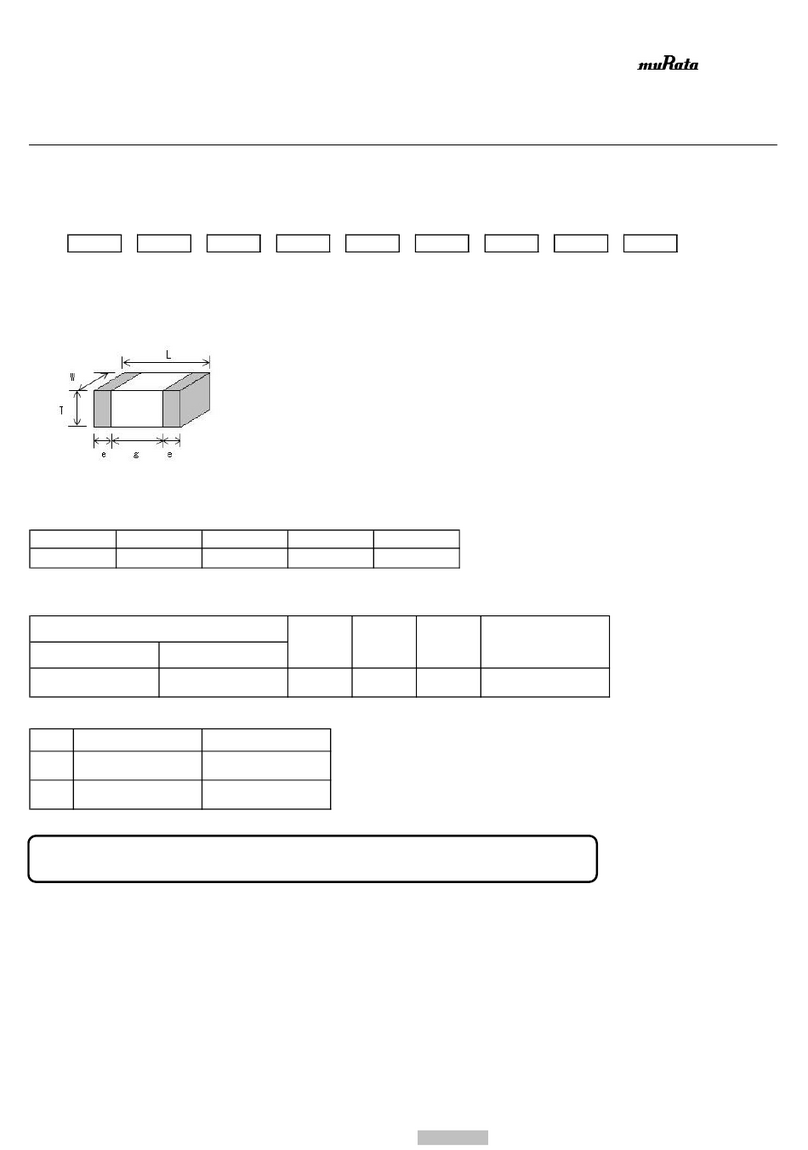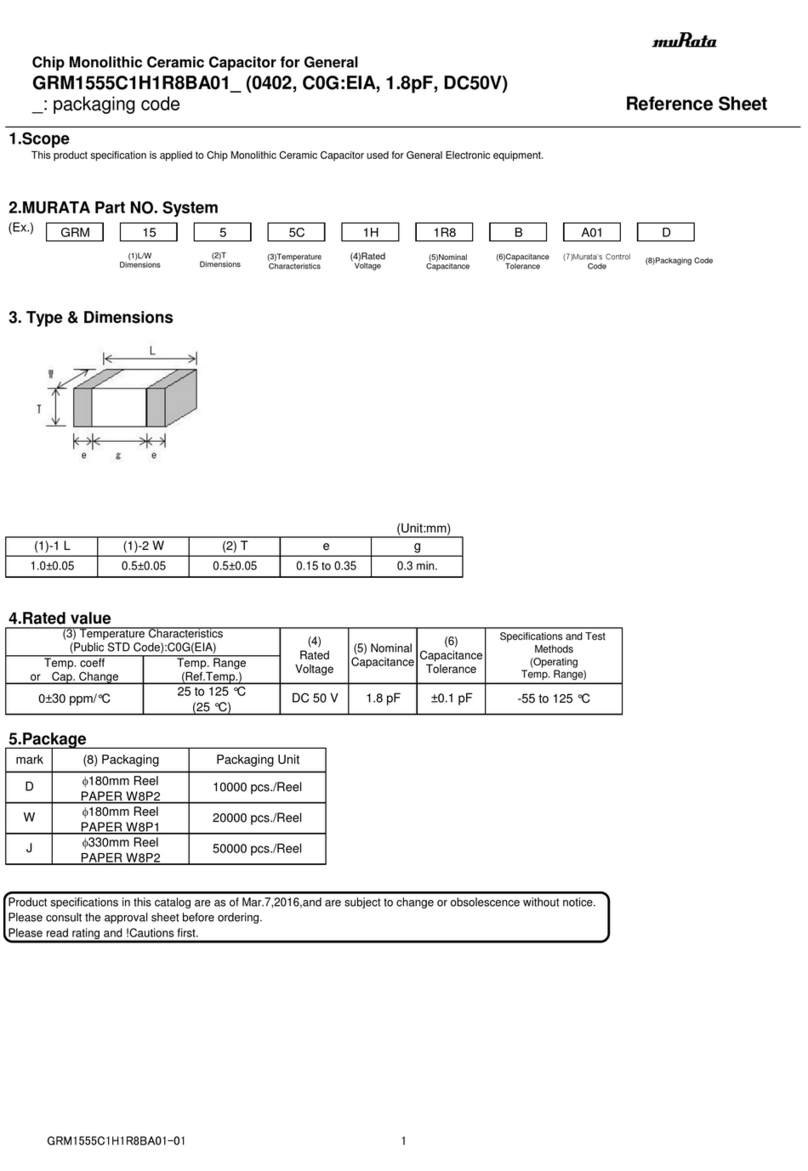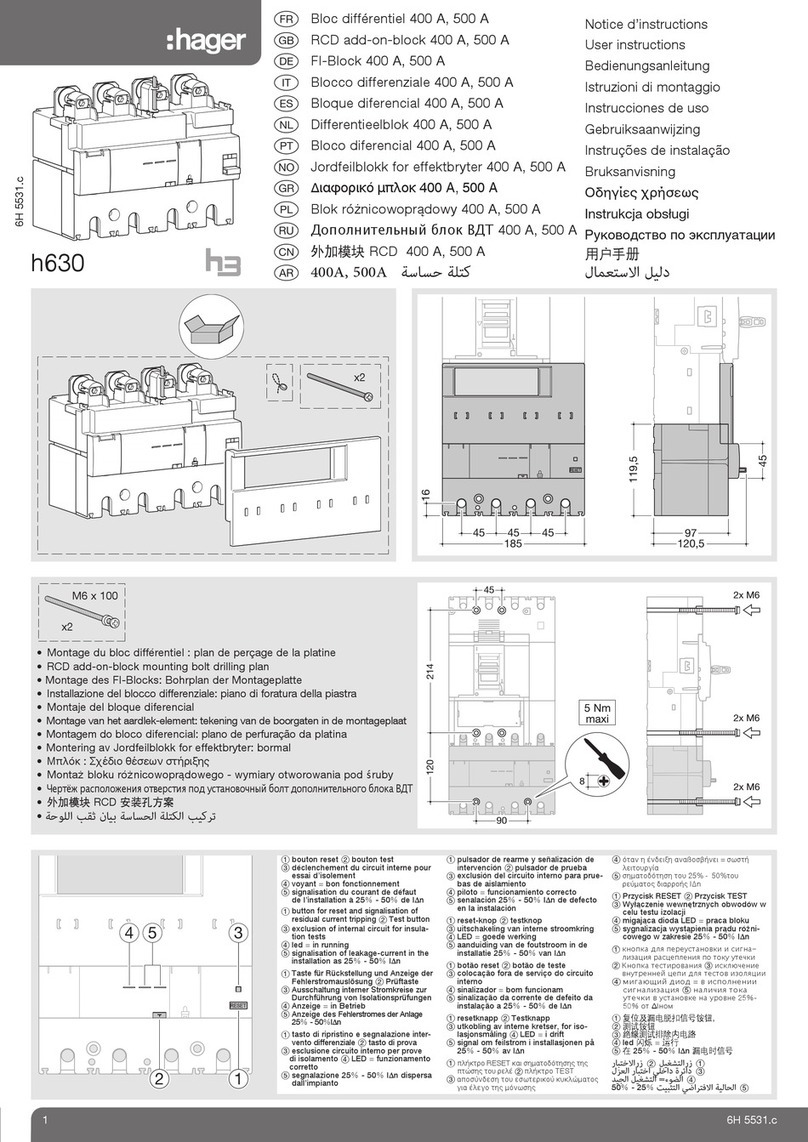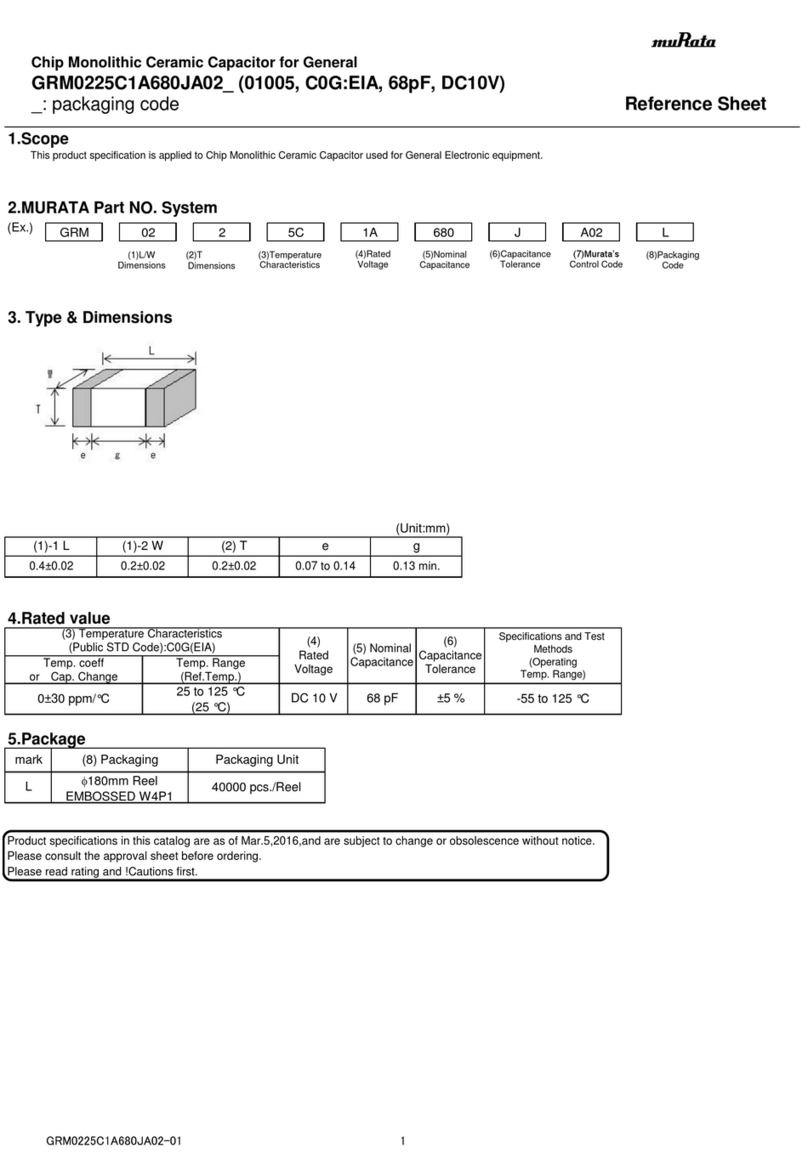Flowserve GESTRA NRG 16-42 User manual

1
NRG 16-42
Installation Instructions 810295-03
Level electrode NRG 16-42
GESTRA Steam Systems
GESTRA

2
Contents
Usage for the intended purpose ..............................................................................................................4
Safety note .............................................................................................................................................4
Danger ...................................................................................................................................................4
Attention.................................................................................................................................................4
ATEX (Atmosphère Explosible).................................................................................................................4
Important Notes
Page
Explanatory Notes
Scope of supply......................................................................................................................................5
Description .............................................................................................................................................5
Function .................................................................................................................................................5
System components ...............................................................................................................................5
Design....................................................................................................................................................5
NRG 16-42 ...........................................................................................................................................12
Attention...............................................................................................................................................12
Note .....................................................................................................................................................12
Tools.....................................................................................................................................................12
Examples of installation NRG 16-42 .....................................................................................................13
Key.......................................................................................................................................................14
Installation
NRG 16-42 .............................................................................................................................................6
Corrosion resistance...............................................................................................................................7
Sizing .....................................................................................................................................................7
Name plate / marking .............................................................................................................................7
Dimensions NRG 16-42 ..........................................................................................................................8
Technical data
NRG 16-42 .............................................................................................................................................9
Key.......................................................................................................................................................11
Design
NRG 16-42 ...........................................................................................................................................10
Key.......................................................................................................................................................11
Functional Elements

3
Wiring
NRG 16-42 ...........................................................................................................................................15
Aligning terminal box............................................................................................................................15
Note .....................................................................................................................................................15
Wiring diagram.....................................................................................................................................16
Attention...............................................................................................................................................17
Tools.....................................................................................................................................................17
Contents continued
Page
Basic Settings
CAN Bus ...............................................................................................................................................18
Node ID ................................................................................................................................................18
Attention...............................................................................................................................................18
Factory setting......................................................................................................................................18
Factory set default node IDs..................................................................................................................19
Assigning / changing node ID................................................................................................................19
Attention...............................................................................................................................................19
Code switch settings for node ID / baud rate.........................................................................................20
Commissioning
Check wiring ........................................................................................................................................21
Apply mains voltage..............................................................................................................................21
Operation
Level electrode with CAN bus................................................................................................................21
Note .....................................................................................................................................................21
Malfunctions
Fault finding list for troubleshooting................................................................................................ 21-22
Decommissioning
Danger .................................................................................................................................................23
Disposal................................................................................................................................................23
Annex
Declaration of conformity......................................................................................................................23

4
Important Notes
Danger
When loosening the electrode live steam or hot water might escape.
This presents the danger of severe scalding. It is therefore essential not to dismantle
the electrode unless the boiler pressure is verified to be zero.
The electrode is hot during operation. This presents the risk of severe burns to hands
and arms. Installation and maintenance work should only be carried out when the
system is cold.
If the internal ceramic insulation breaks, hot steam can escape through the lateral vent
hole on the electrode body. This presents the risk of severe scalding. Do not stay near
the electrode during operation.
Usage for the intended purpose
Use level electrode NRG 16-42 only in conjunction with level switch NRS 1-42.
Safety note
The equipment must only be installed and commissioned by qualified and adequately trained
personnel.
Maintenance and retrofitting must only by performed by entrusted personnel who – through adequate
training – have achieved a recognised level of competence.
Attention
The name plate indicates the technical specification on the equipment.
Do not commission or operate equipment without a name plate.
ATEX (Atmosphère Explosible)
According to the European Directive 94/9/EC the equipment must not be used in explosion-risk areas.

5
Explanatory Notes
Scope of supply
NRG 16-42
1 Level electrode type NRG 16-42
1 Joint ring (of stainless steel 1.4301) D 33 x 39 to DIN 7603, bright annealed
1 Terminating resistor 120 Ω
1 Installation manual
Description
The level electrode NRG 16-42 works according to the conductivity measurement principle.
With the NRG 16-42 a maximum of 4 levels can be signalled in conductive liquids:
■4 levels with one switchpoint each.
■High level (MAX) alarm, Low level (MIN) alarm, pump ON, pump OFF with one switchpoint each.
Use level electrode NRG 16-42 in combination with level switch type NRS 1-42 or further system
components. The level data are transferred to the level switch or another system component via
CAN data bus, using the CANopen protocol.
System components
NRS 1-42
Data exchange: CAN bus to DIN ISO 11898, using CANopen protocol.
URB 1, URB 2
Control terminal & display unit.
Functions: Parameterization and visual display (LCD).
Data exchange: CAN bus to DIN ISO 11898, using CANopen protocol.
Design
NRG 16-42:
Screwed design 1" BSP, EN ISO 228-1. Fig. 2
Function
The conductivity of the liquid is used to signal the liquid level. Some liquids are conductive, which
means that they allow an electric current to flow through them.
For the safe functioning of this device a minimum conductivity of the liquid to be measured is required.
The conductivity measurement method can detect two conditions: electrode rod submerged or
exposed, meaning switchpoint reached (or exceeded) or not yet reached. Before installation, the
length of the electrode rod must be cut to the required switching levels, e. g. for max./min. alarm,
controlling of a valve or pump.
At regular intervals the level electrode NRG 16-42 sends a data telegram to the level switch NRS 1-42.
The data are transferred via a CAN bus to DIN ISO 11898 using the CANopen protocol.

6
NRG 16-42
Type Approval Nº
TÜV · WR · 04-399
Max. service pressure
32 bar g at 238°C
Connections
Screwed 1" BSP, DIN ISO 228-1
Flanged DN 50, PN 40, DIN 2635
Materials
Case: Die cast aluminium 3.2161 (G AlSi8Cu3)
Stem: S. S. 1.4571 (X6CrNiMoTi17-12-2)
Measuring electrodes: S. S. 1.4401 (X5CrNiMo17-12-2)
Electrode insulation: PEEK
Spacer disc: PTFE
Lengths supplied
500 mm
1000 mm
1500 mm
Supply voltage
18 – 36 V DC
Current consumption
65 mA
Fuse
Thermal fuse Tmax = 85°C
Hysteresis
-2 K
Electrode voltage
10 Vss
Data exchange
CAN bus to DIN ISO 11898, CANopen protocol
Indicators and adjustors
1 green LED “Can bus CommuniCation”
1 red LED “bus fault”
1 10-pole code switch for node ID and baud rate settings
Electric connection
M 12 sensor connector, 5 poles, A-coded,
M 12 sensor jack, 5 poles, A-coded
Protection
IP 65 to DIN EN 60529
Max. admissible ambient temperature
70 °C
Weight
approx. 2.5 kg
Technical data

7
Technical Data continued
Corrosion resistance
When used for its intended purpose the safe functioning of the electrode will not be impaired by
corrosion.
Sizing
The electrode body must not be subjected to sharp increases in pressure. Welds and flanges of the
electrode are designed to withstand dynamic loading (bending and alternating stress). The dimensional
allowances for corrosion reflect the latest state of technology.
Name plate / marking
NRG 16-42
PN 40 G1 1.4571 IP 65
0,5 / 10µS/cm
Betriebsanleitung
beachten
See installation instructions
Voir instructions de
montage
32 bar ( 464 psi)
238 °C ( 453 °F)
Tmax = 70°C (133 °F)
Pmax
Tmax
IN/OUT: CAN-Bus
Münchener Str. 77, D-28215 Bremen
GB Reg. Design 2 053 113
US Pat. 5 719 342, 5 805 052,
Design 383 403
18-36 V DC
Node ID:__ __ __
TÜV.WR.99-399
GESTRA AG
SER Nr.:
Designation of
the equipment
Fig. 1

8
43
GESTRA Steam Systems
GESTRA
NRG 16-42
4
3
1
2
Fig. 2
Technical Data continued
Dimensions NRG 16-42
175
Depth: 70mm
140
337.5
500, 1000, 1500

9
Design
NRG 16-42
21
43
GESTRA Steam Systems
GESTRA
NRG 16-42
Fig. 3 Fig. 4
N 10
0.5
1" BSP,ISO 228-1
∅40
50
65-70
≥14
B
A
C
D

10
Functional Elements
NRG 16-42
12345
1 098765
4
32
NO
MAX 70°C
MAX 95%
%
IP 65
GESTRA Steam Systems
GESTRA
NRG 16-42
Fig. 5
MAX 70 °C
MAX 95 %
Fig. 6
E
M
L K
H
I
J
FGF

11
AThermal insulation, provided on site, d = 20 mm (outside of thermal insulation of the steam boiler)
BSeating surface
CJoint ring (of stainless steel 1.4301) D 33 x 39 to DIN 7603, bright annealed
DElectrode thread 1" BSP, EN ISO 228-1
EHousing screws M4
FM 12 sensor connector, 5 poles, A-coded
M 12 sensor jack, 5 poles, A-coded
GHousing cover
H10-pole code switch (for setting node ID and baud rate)
ILED “Can bus CommuniCation” (flashes during data exchange), green
JLED “bus fault”, red
KTerminal strip
LPE connection
MPlug
Design / Functional Elements continued
Key

12
Function Function Electrode rod Length [mm]
e.g. High level alarm 1
e.g. Feed pump ON 2
e.g. Feed pump OFF 3
e.g. First low-level alarm 4
Attention
■The seating surfaces of the threads or flange provided on the vessel or boiler standpipe
must be accurately machined. Fig. 4
■Do not bend electrode rod when mounting.
■Use only the supplied joint ring D 33x39 (of stainless steel 1.4301) to DIN 7603.
■Do not lag electrode body.
■Do not insulate electrode thread with hemp or PTFE tape.
Installation
NRG 16-42
Molykote®111 is a registered trademark of DOW Corning Corp., Midland Michigan, USA
1. Determine required measuring lengths of electrode rods and enter data in table “Functions”.
2. Cut electrode rods , , and accordingly, Fig. 3
3. Deburr faces of electrode tips.
4. Strip off 50 mm of PTFE insulation from the ends of electrode tips.
5. Check seating surfaces of threads or flange provided on vessel or boiler standpipe, Fig. 4
6. Place joint ring Conto seating surface Bof electrode, Fig. 3. Use only joint ring
(of stainless steel 1.4301) D 33 x 39 to DIN 7603 supplied with electrode.
7. Apply a light smear of silicone grease (e. g. Molykote®111) to electrode thread D.
8. Screw level electrode into threads or flange provided on vessel or boiler standpipe and tighten with a
41 mm open-end spanner. The torque required is 140 Nm when cold.
Please enter data.
Please enter data.
Note
■For the approval of the boiler standpipe with connecting flange the relevant local and
national regulations must be considered.
■See four examples of installation on page 13.
Tools
■Open-end spanner 17 mm A. F.
■Open-end spanner 41 mm A. F.
■Hacksaw
■Flat file, medium cut
1234

13
12
Installation continued
Examples of installation NRG 16-42
Fig.7
Fig.9
DN 50
20
∅ 20
1" BSP
≥10
≤90°
∅20
20
∅20
≥10
≤90°
∅20
DN
50
1" BSP
Fig.8
9
DN 20
DN 20
≥20
1" BSP
Fig.10 DN 20
1" BSP ¾" BSP
DN 100
20
∅20
≤90°
∅20
24,5 24,5
≥10
≤1500
ME
≤1500
> 40
1
2
3
5
6
9
0
8
4
1
2
3
5
6
9
0
4
8
1
2
5
7
8
9
!
4
3
1
4
5
9

14
1Flange PN 40, DN 50 (2"), DIN 2527
Flange PN 40, DN 100 (4"), DIN 2527
2For the approval of the boiler standpipe with connecting flange the
relevant regulations must be considered.
3Vent hole Provide vent hole as close as possible to the boiler wall.
4High water (HW)
5Electrode rod d = 5 mm
6Protection tube DN 80
7Protection tube DN 100
8Electrode distance ≥14 mm
9Low water (LW)
0Reducer K-88.9 x 3.2 – 42.4 x 2.6 W to DIN 2616, part 2
!Reducer K-114.3 x 3.6 – 48.3 x 2.9 W to DIN 2616, part 2
Installation continued
Key

15
1. Unscrew screws E, remove housing cover G. Fig. 5
2. Loosen screw Mwith 17 mm spanner but do not remove. Fig. 6
The electrode terminal can be turned through +/– 180°.
3. Turn electrode terminal into desired direction (+/– 180°).
4. Tighten plug Mwith a torque of 25 Nm.
5. Set node ID (see “Basic Settings”, “Configure level electrode”).
6. Replace housing cover Gand fasten screws E.
Wiring
NRG 16-42
Note that screened multi-core twisted-pair control cable is required, e. g. UNITRONIC®
BUS CAN 2 x 2 x ... mm2or RE-2YCYV-fl 2 x 2 x ... mm2.
Prefabricated control cables (with connector and coupler) of various lengths for connecting the
equipment are available as accessories.
The baud rate (data transfer rate) dictates the cable length between the bus nodes and the total power
consumption of the sensor dictates the conductor size.
The baud rate is set via a code switch. Reduce baud if cable is longer than specified in the table above.
Make sure that all bus nodes feature the same settings.
To protect the switching contacts fuse circuit with 2.5 A (anti-surge fuse) or according to TRD
regulations (1.0 A for 72 hrs operation).
When a max. cable length of more than 125 m (up to 1000 m) is desired, make sure to modify
the baud rate accordingly. Refer to pages 19 and 20 for more details.
UNITRONIC®is a registered trademark of LAPP Kabelwerke GmbH, Stuttgart
S 8 S 9 S 10 Baud rate Cable length Number of pairs
and conductor size [mm2]
OFF ON OFF 250 kBit/s 125 m 2 x 2 x 0.34
Factory setting
ON ON OFF 125 kBit/s 250 m 2 x 2 x 0.5
OFF OFF ON 100 kBit/s 335 m 2 x 2 x 0.75
ON OFF ON 50 kBit/s 500 m on request, dependent on
bus configuration
OFF ON ON 20 kBit/s 1000 m
ON ON ON 10 kBit/s 1000 m
Aligning terminal box
Note
■Wire the control cable according to the wiring diagram with connector and coupler.

16
1
2
3
4
NRG 16-42
_
12345
S+
CLH
C
24V DC
CAN - Bus
S
1 098765
4
32
NO
CLCH
Wiring continued
Wiring diagram
UNITRONIC®is a registered trademark of LAPP Kabelwerke GmbH, Stuttgart
e.g. UNITRONIC®BUS CAN 2 x 2 x...2
e.g. UNITRONIC®BUS CAN 2 x 2 x...2
Fig. 11
Electrode rod
Electrode rod
Electrode rod
Code switch
Terminating resistor 120 Ω, paired cable.
3
5 5 5 555
+
-
L
C
H
C
S
Coupler with terminating
resistor 120 Ω
Operating
device URB 1
CEP
Central
earthing
point
Connector with terminating
resistor 120 Ω
Controller
NRS ...
LRR ...
TRS ...
Level electrode
Conductivity electrode
NRG ...
LRG ...
Temperature transmitter
TRV ...
2 1 5 46 3 4 1 5 2 1Screen
2Voltage supply 24V DC+
3Voltage supply 24V DC-
4CAN Data line CH
5CAN Data line CL
6Terminating resistor 120 Ω
Electrode rod

17
■Wire equipment in series. Star-type wiring is not permitted!
■Interlink screens of control cables such that electrical continuity is ensured and
connect them once to central earthing point (CEP).
■In a CAN bus network the first and the last equipment must be provided with a
terminating resistor of 120 Ω. Fig. 11
■The CAN bus network mut not be interrupted while operating.
An interruption will result in high/low level alarm!
Tools
Attention
■Screwdriver for cross head screws, size 1
■Screwdriver for slotted screws, size 2.5, completely insulated according to VDE 0680
■Open-end spanner 17 mm A. F.
Wiring continued

18
Basic Settings
CAN bus
All level and conductivity controllers and associated electrodes are interconnected by means of a CAN
bus adopting the CANopen protocol. Every item of equipment features an electronic address (Node ID).
The four-core bus cable serves as power supply and data highway for high-speed data exchange.
The CAN address (Node ID) can be set between 1and 123.
The NRG 16-42 is configured at our works and ready for service with other GESTRA system
components without having to set the node ID.
If several systems of the same kind are to communicate in one CAN bus network, be sure to
assign one node ID for each individual system component (e. g. controller). Refer to the
following pages for more details.
The node IDs of the individual units have to be adjusted manually.
For more information refer to the respective installation manuals.
Node-ID
Factory setting
The level electrode features the following factory set default values:
■Baud rate: 250 kB/s
■Sensitivity: 10 µS/cm
■Node ID: 021
Attention
Reserved NRS 1-42 NRG 16-42
X - 1 X X + 1
20 21 Factory setting
Reserved area

19
12345
1 098765
4
32
NO
Fig. 12
H
Basic Settings continued
Attention
■Do not assign the same node ID twice within the CAN bus network.
Assigning / changing node ID
If several systems of the same kind are to communicate in one CAN bus network, be sure to establish
one node ID for each individual system component (e. g. controller).
1. Undo screws Eand remove housing cover G.
2. Change code switch Hsettings as required. For more information refer to page 20.
3. Re-attach housing cover Gand fix it with screws E.
Factory set default node IDs
NRS 1-40 ID: 001
NRS 1-40.1 ID: 001
NRS 1-41 ID: 006
NRS 1-42 ID: 020
NRS 2-40 ID: 039
NRR 2-40 ID: 040
LRR 1-40 ID: 050
NRG 16-40 ID: 002
NRG 16-40 ID: 003
NRG 16-41.1 ID: 004
TRV 5-40 ID: 005
NRG 16-41 ID: 007
NRG 16-42 ID: 021
NRG 26-40 ID: 041
LRG 16-40 ID: 051
Switching Controller Level Electrode

20
1 098765
4
32
NO
1 098765
4
32
NO
Basic Settings continued
Code switch settings for node ID / baud rate
Fig. 13 (Factory setting) Fig. 14 (Example)
Fig. 15 (Factory setting 250 kBit/s)
ON
Node ID
S1 1
ONS2 2
ONS3 4
OFFS4 8
OFFS5 16
OFFS6 32
ONS7 64
ON
Node ID
S1 1
OFFS2 2
ONS3 4
OFFS4 8
ONS5 16
OFFS6 32
OFFS7 64
21 71
▲
▲
Baud rate
S8 S9 S0
250 kBit/s
Length of cable
125 m
OFFON
OFF
OFF 125 kBit/s
ON
ON 250 m
ON 100 kBit/s
OFF
OFF 335 m
ON 50 kBit/s
OFF
ON 500 m
ON 20 kBit/sONOFF 1000 m
ON 10 kBit/sONON 1000 m
H H
Table of contents
Popular Industrial Electrical manuals by other brands
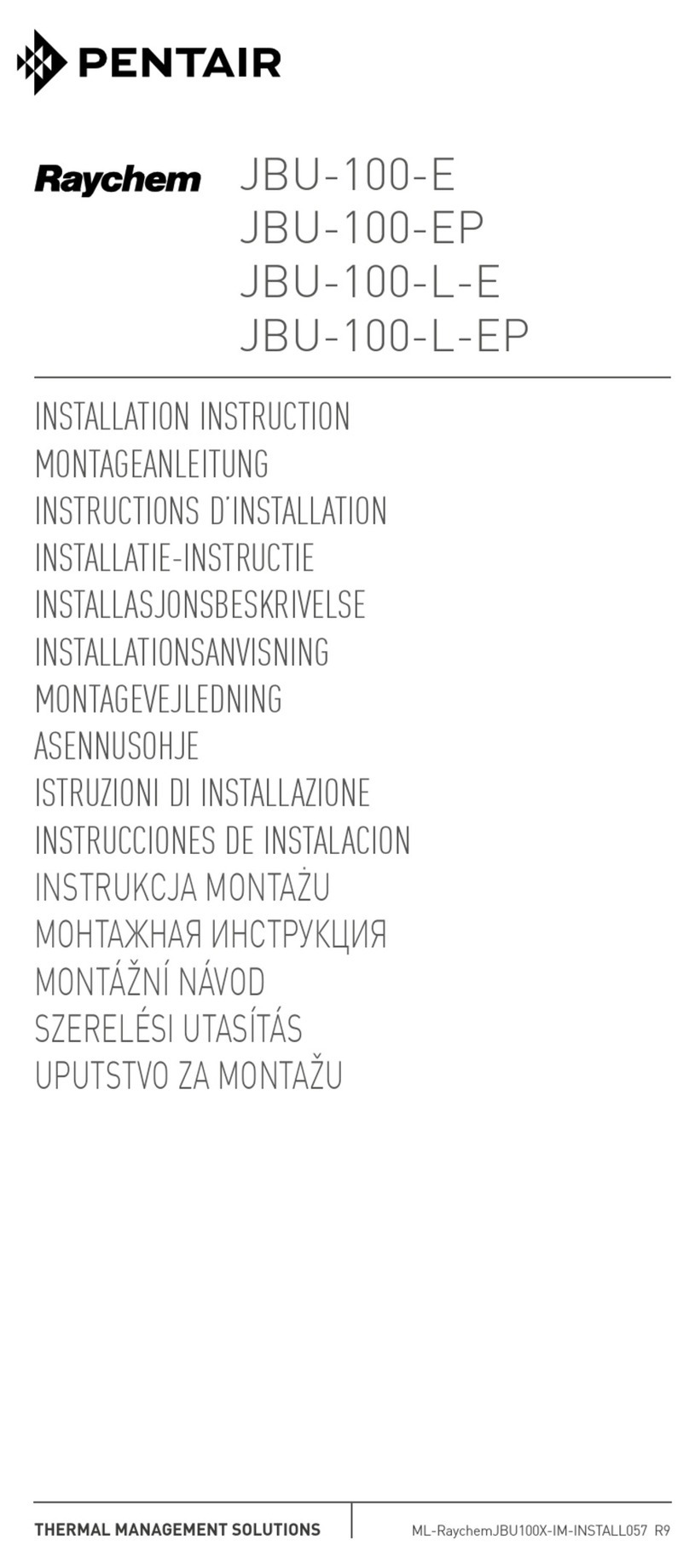
Pentair
Pentair Raychem JBU-100-E Installation instruction
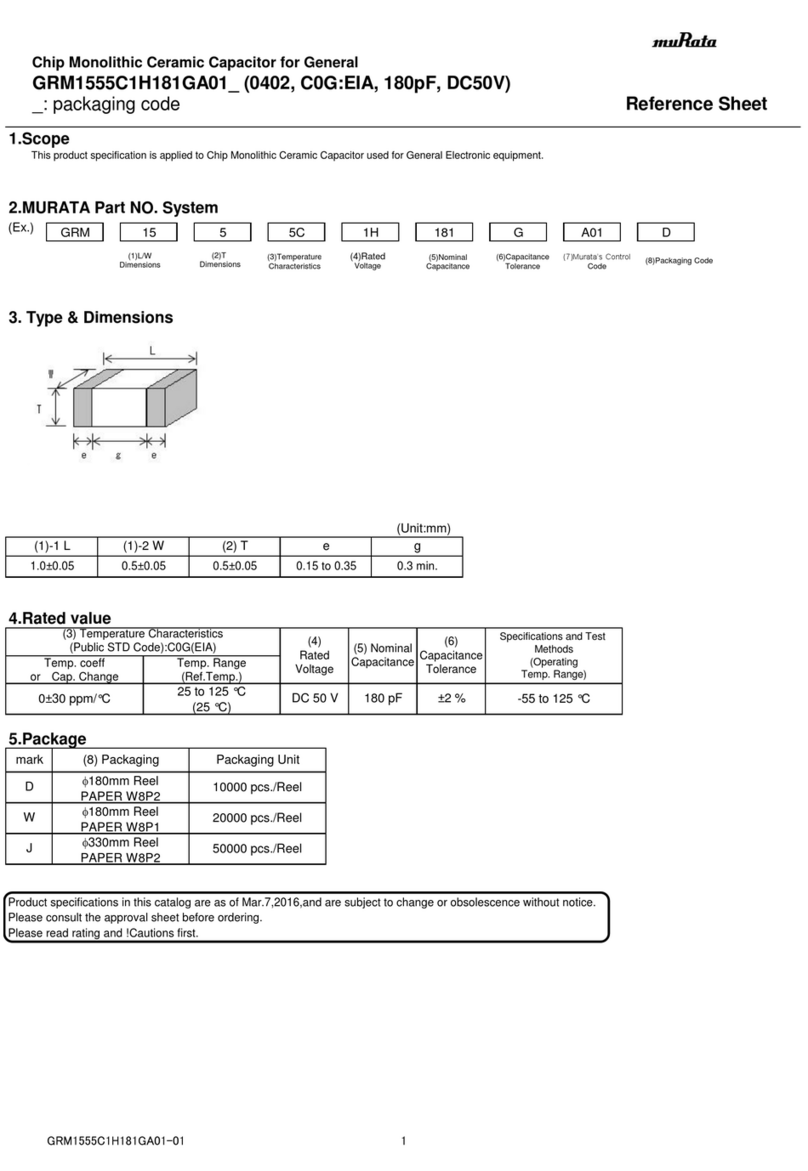
Murata
Murata GRM1555C1H181GA01 Series Reference sheet
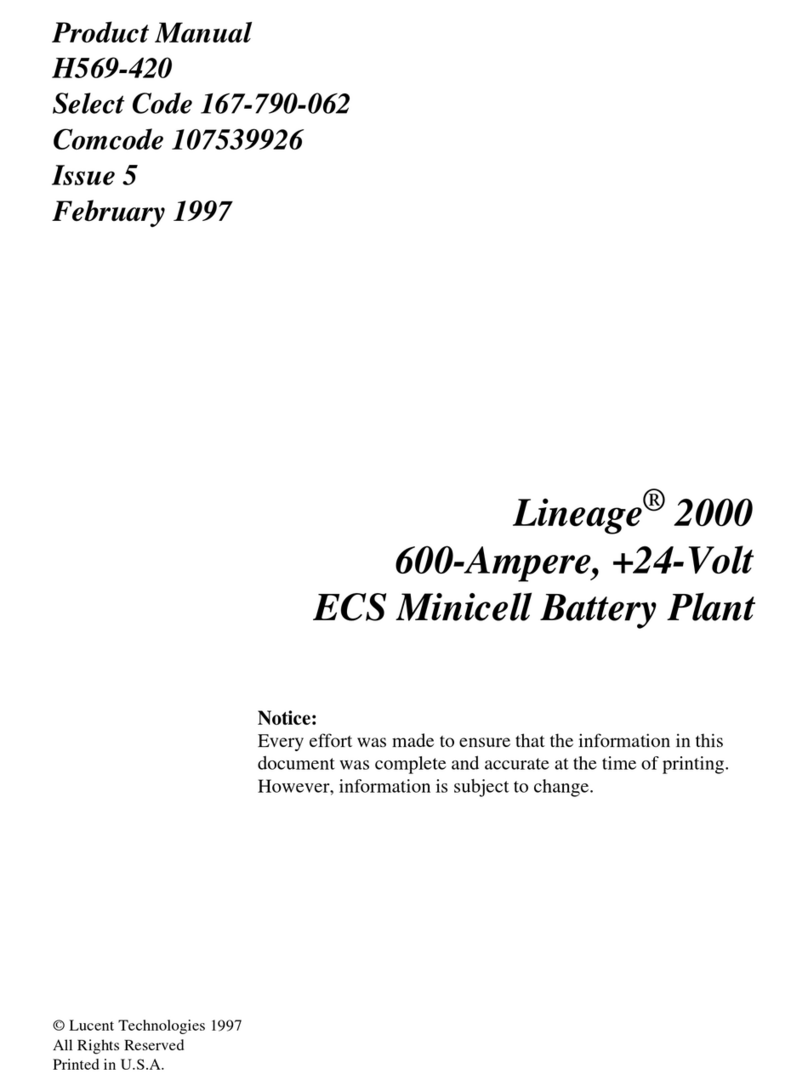
Lucent Technologies
Lucent Technologies Lineage 2000 ECS Battery Plant product manual

Lafayette Instrument
Lafayette Instrument ParagonX quick start guide

Eaton
Eaton NZM3-XSH-48-NA Series Instruction leaflet
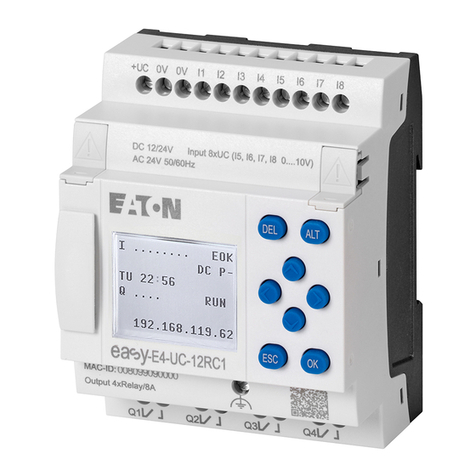
Eaton
Eaton easyE4 series manual

Pepperl+Fuchs
Pepperl+Fuchs SIL KCD2-SCS-Ex2.SP System manual
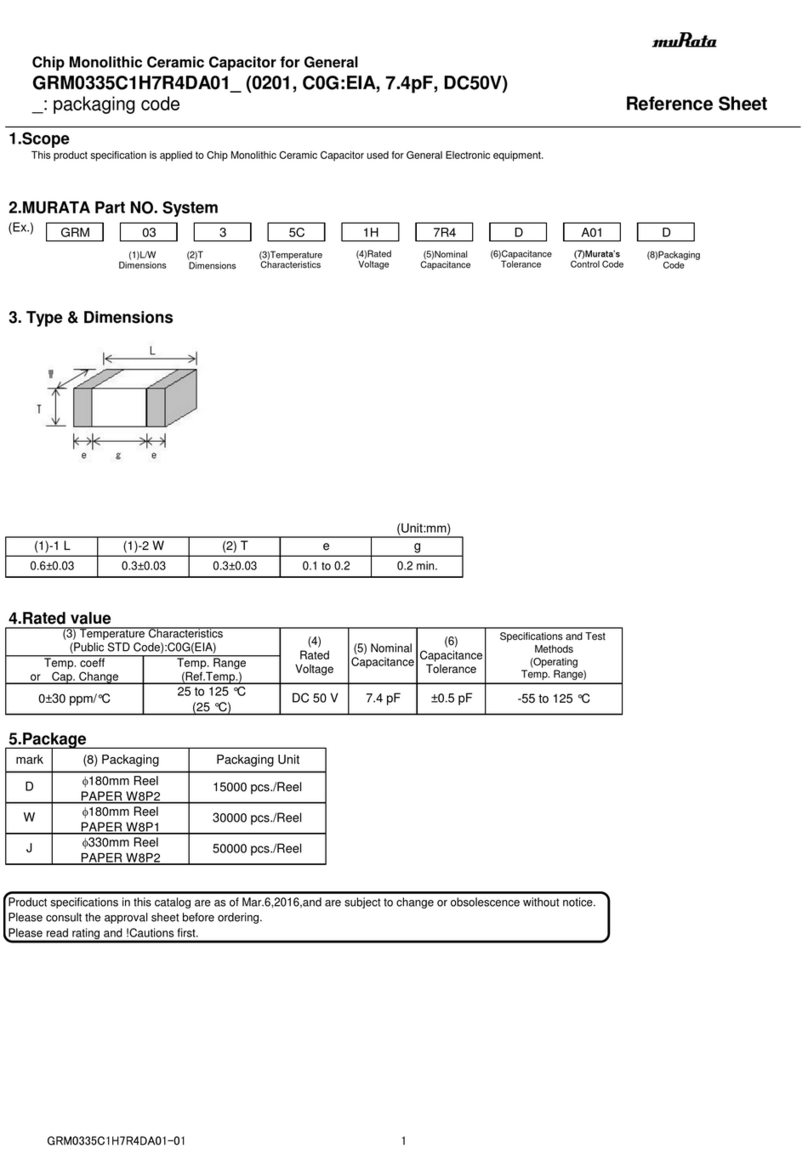
Murata
Murata GRM0335C1H7R4DA01 Series Reference sheet
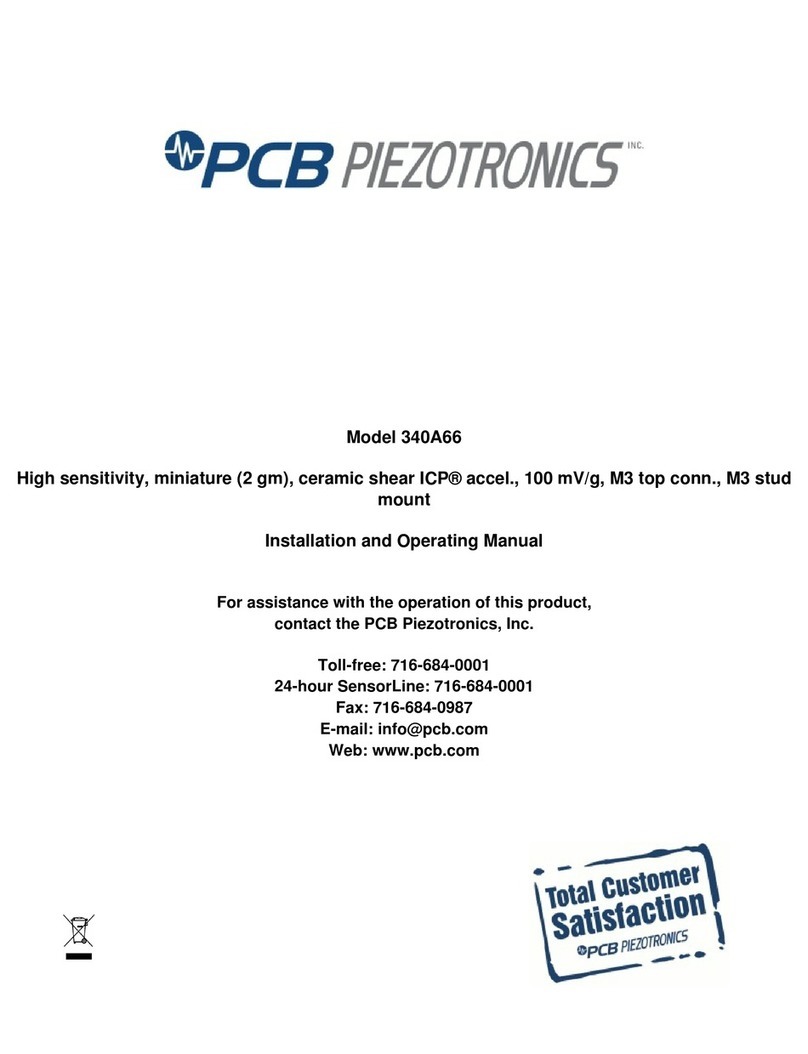
PCB Piezotronics
PCB Piezotronics 340A66 Installation and operating manual
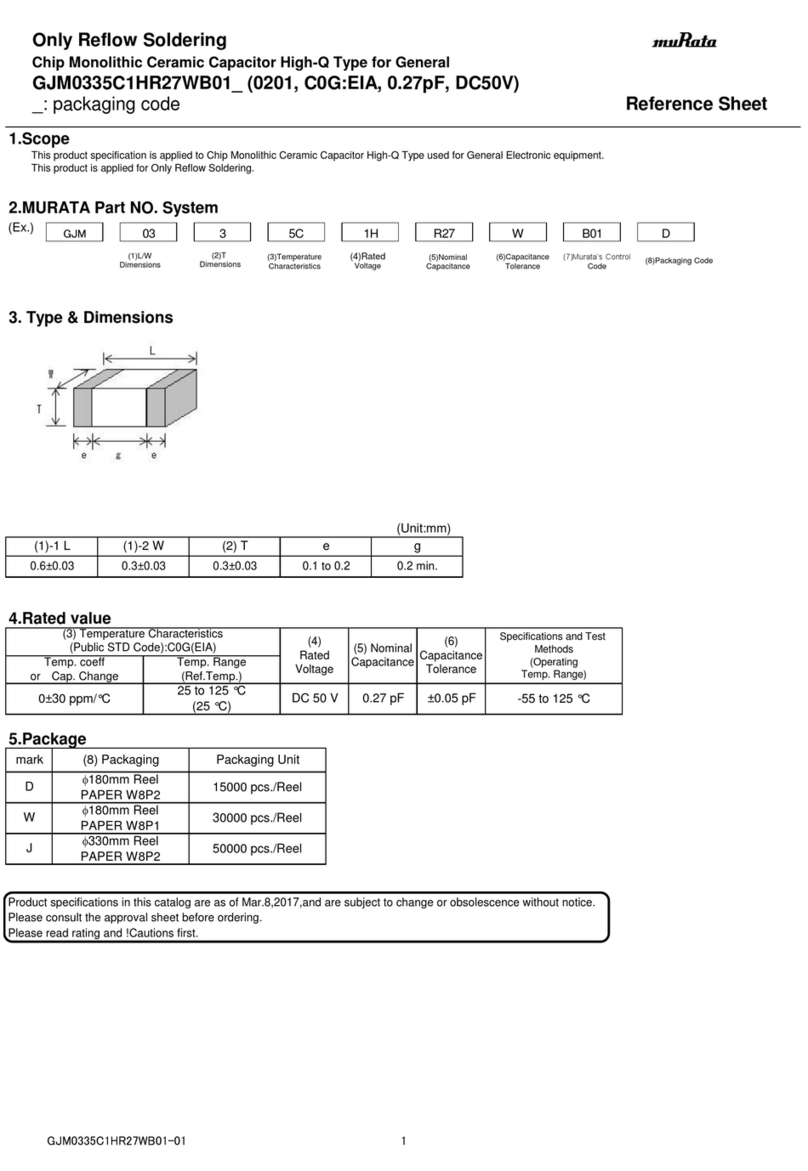
Murata
Murata GJM0335C1HR27WB01 Series Reference sheet
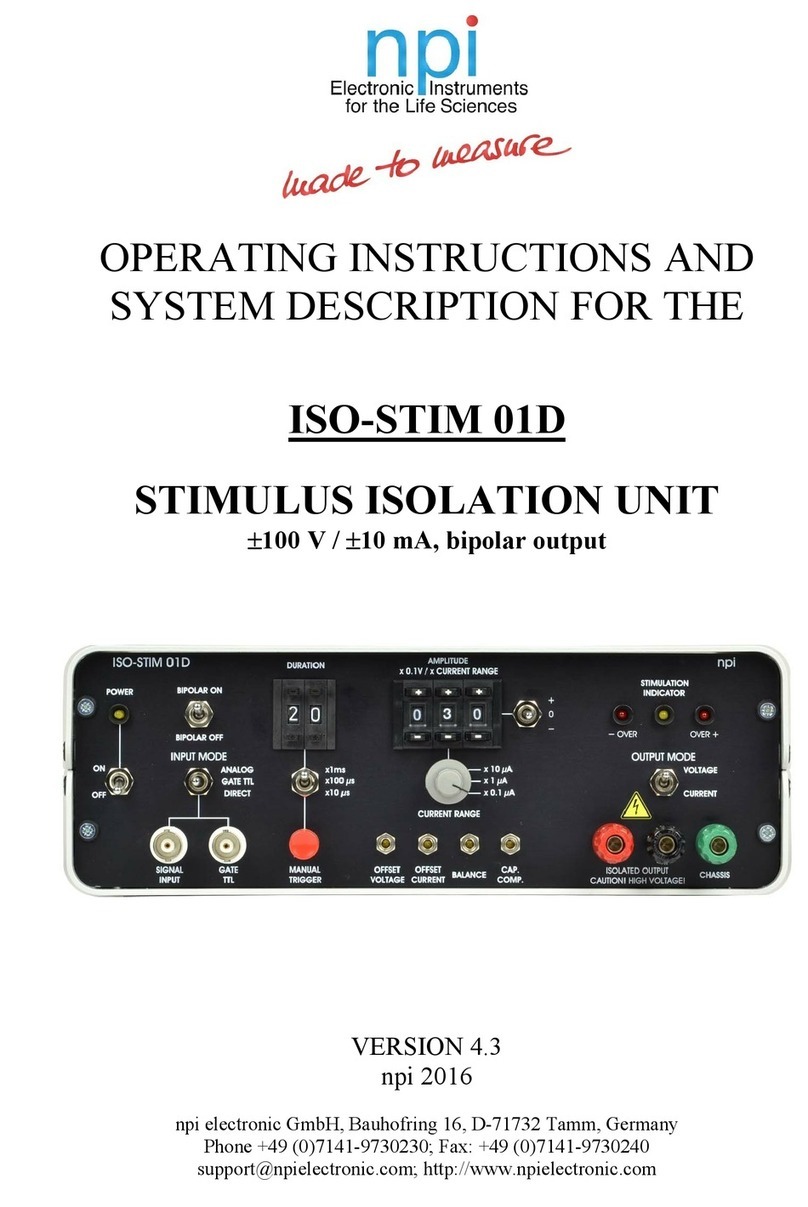
NPI
NPI ISO-STIM 01D Operating instructions and system description
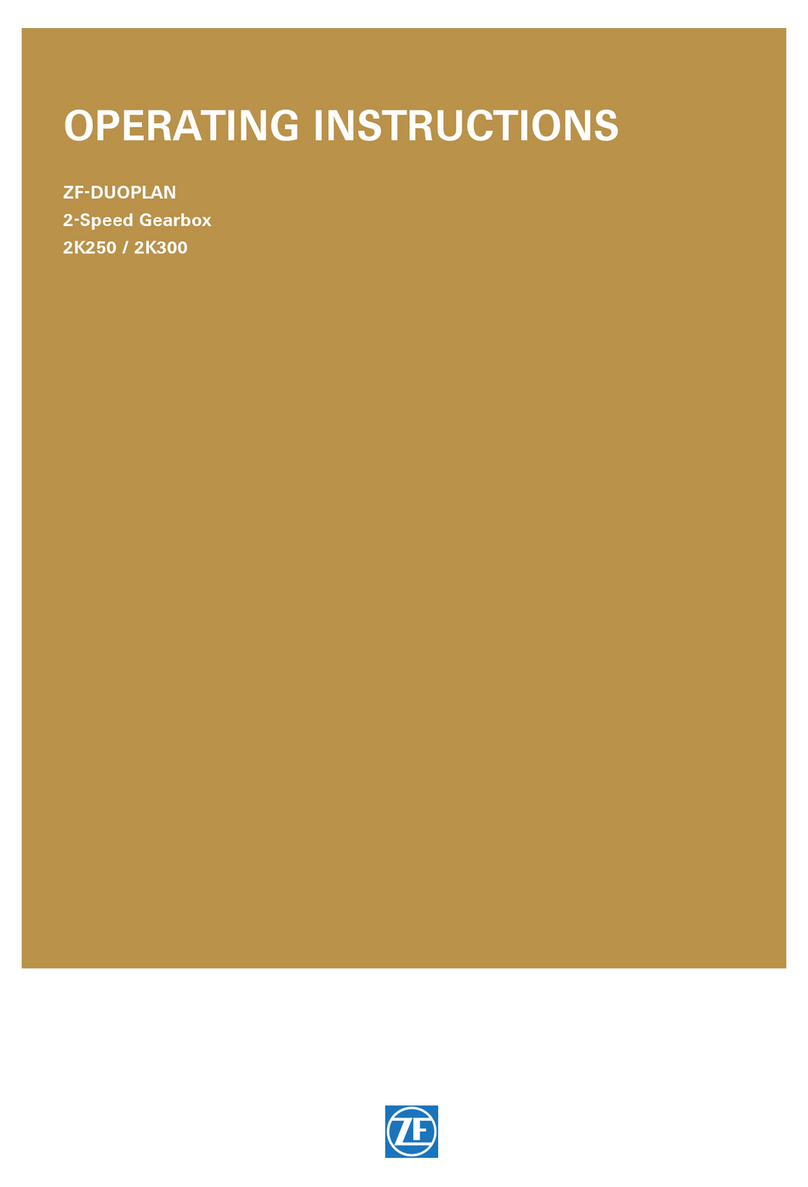
ZF-DUOPLAN
ZF-DUOPLAN 2K250 operating instructions
